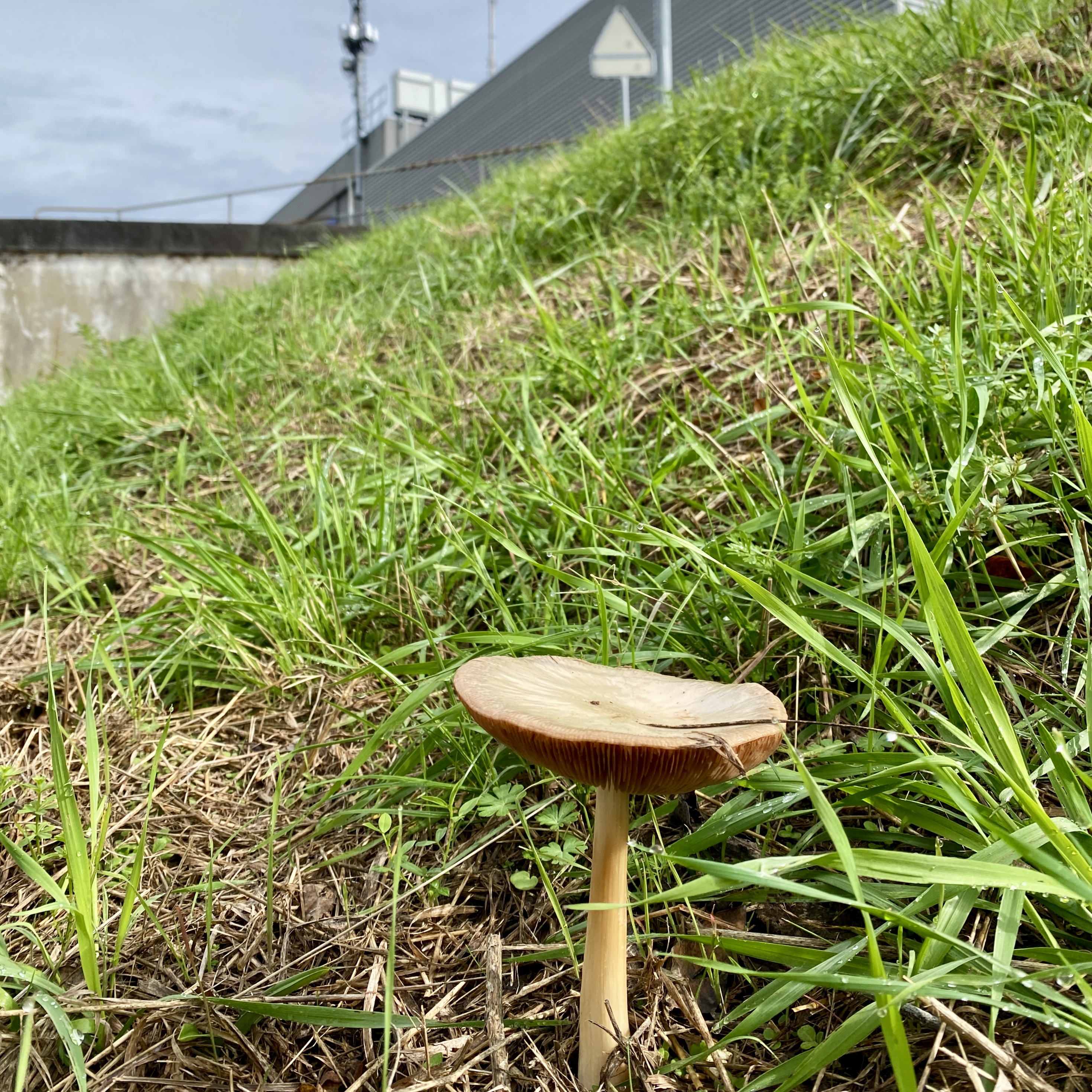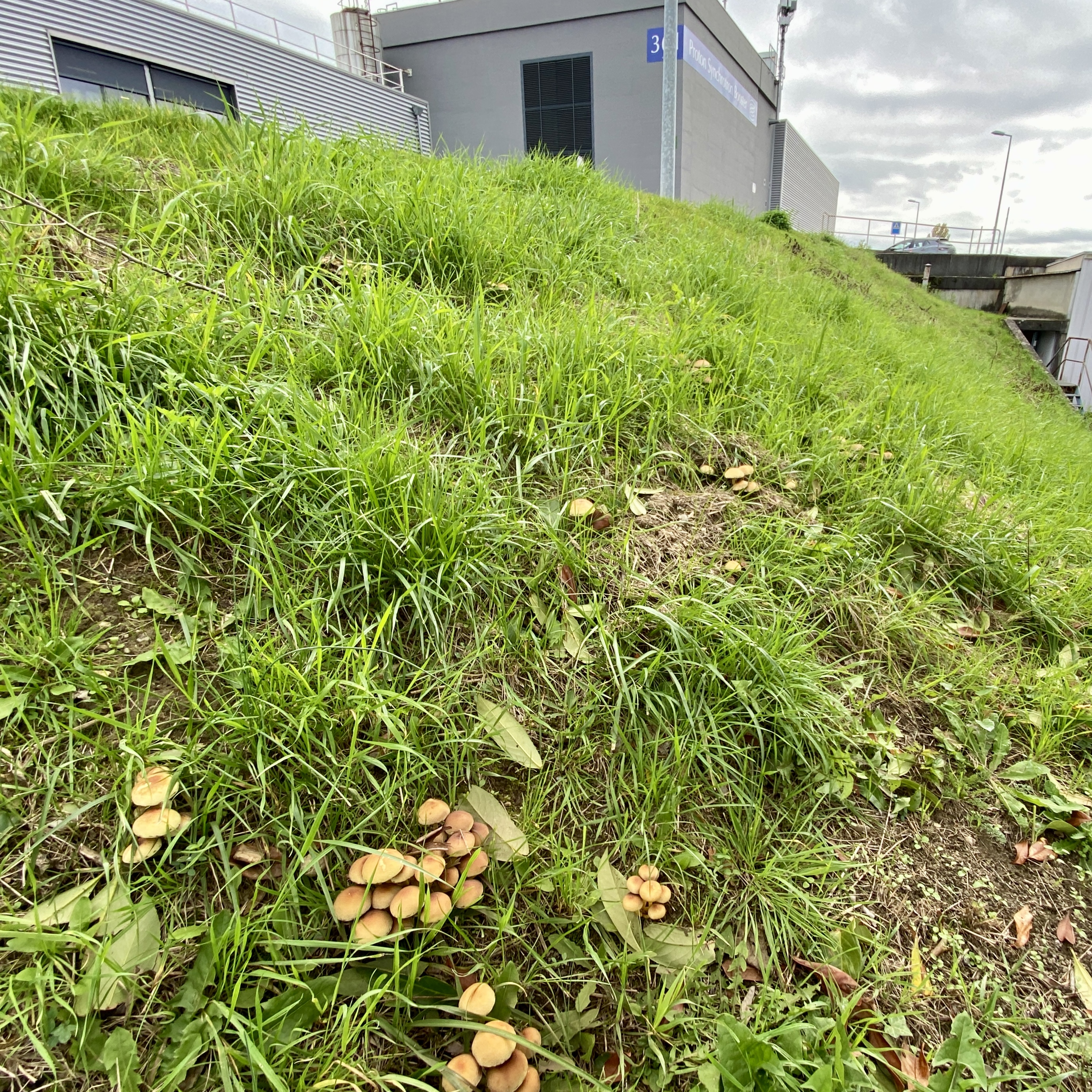I took part in the “Mycocosm” exhibition at Barcelona Design Week, with a “nuclear mushroom” from CERN. This was growing above the old Proton Synchrotron booster ring. Curiously, a big mushroom ring has just sprouted around this site, just near the entrance to the PS accelerator (which emits radiation when active which is most of the time). I tested the mushroom with a scintillator detector, which sensed no emissions (not to say that the mushroom was or was not radioactive, it’s just that there was nothing detected at that moment (and many things, such as bananas, are naturally radioactive)).
For most CERN scientists, measurement is most important, the measurement makes the phenomena “real” in relation to human observation. I have been reading lectures by Wolfgang Pauli on this issue – Pauli was one of the giants of 20th century particle physics, and a friend of Carl Jung. Pauli wrote on the complex relationships between phenomena and measurement, theory and experiment, which he connected with Jungian archetypes and personal experience. Pauli is famous for critically saying “it’s not even wrong”. He was known to be very superstitious, but was also prone to strange accidents – many times when he walked into a lab the experiments would stop working and machines would spontaneously blow up. This became known as the “Pauli effect” (sounds kind of familiar…!)
In reading Pauli, I have also been seeking interconnections between quantum and nonhuman agents, as well as quantum / human connections (I am not going to say entanglements, that’s my other project!) There is agency in the particle apparatuses at CERN, but what about biological nonhuman agents which inhabit this space, which also exist beneath the surface of our direct perception?
I was most excited to (basically smuggle) my mycelial specimen to Catalonia, where I was hosted by the amazing and generous Roger Paez from Elisava Design School, where the exhibition was held. I stored and displayed the decaying specimen in a hermetic enclosure used for delicate accelerator components. I visualised the sound data of my previous mycelial growth experiment (ironically I didn’t have the right detectors at CERN), and with a bit of graphic tweaking the resultant visuals suggest a different type of decay to what was measured in my previous project, that of mycelium consuming decaying organic matter. This work speculates upon the recent discovery that a strain of mycelium has developed the ability to break down and absorb nuclear materials and radioactive waste, which raises the question: do mushrooms like radioactive decay?









